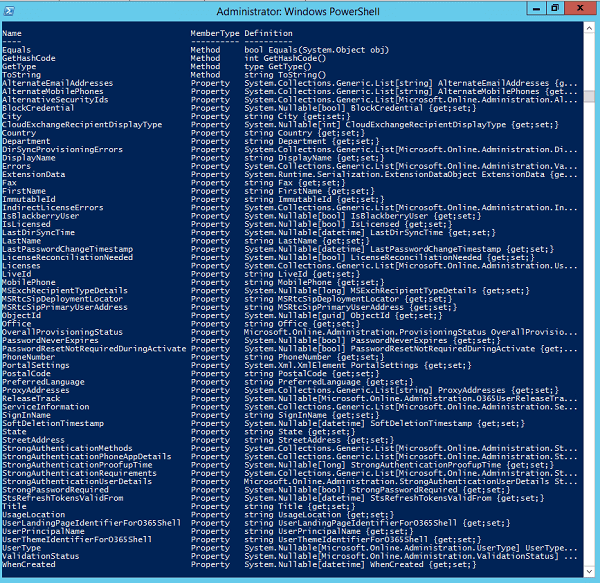Scientia potentia est. Or, for our modern English-speaking audience: ‘Knowledge is power’
This common phrase is most often attributed to Francis Bacon, the 16th Century philosopher and scientist and means ‘the more one knows, the more one will be able to control events.’ In today’s world of Internet searching and almost instantaneous information, perhaps the reality is that knowledge is only as powerful as one’s ability to manage it correctly.
The concept of ‘knowledge work’ and the ‘knowledge worker’ have been around a long time, but still remains as one of the more difficult management challenges. So, what can we do to manage knowledge work better?
What is a knowledge worker?
Peter Drucker, the eminent management consultant and business thinker, defined a knowledge worker as “someone who knows more about his or her job than anyone else in the organization.” Perhaps more simply, we could describe knowledge workers as those who think for a living.
The major problem in managing knowledge workers today is that we still maintain a certain culture that fails to recognize these types of workers as different to, for example, factory workers on an assembly line. Both are important jobs in their own right, and have their place within the industry, but the issue is in our thinking: we still think of both types of workers in the same way and expect corresponding levels of productivity.
There’s a wide range of challenges involved in managing knowledge work. Many professionals waste time on inefficient internal communications, working long hours, and – despite their best intensions – get bogged down in non-value-added work. There’s also an argument to be made that focusing on your individual knowledge worker and his or her productivity is not the best way forward either. Rather, we should be focusing on the infrastructure that allows your entire organization to work more efficiently as a whole in order to get the best results from knowledge work.
In what ways can the management of knowledge work be improved?
In today’s post we’ll explore tools which enable your knowledge workers to spend less time on low-value activities and more time on the work that makes them an indispensable asset to your company.
There are a range of tools specifically designed to get the most out of your employees. What seems common amongst such tools and methods is an emphasis on rapid lines of communication and the ability to work in a collaborative manner.
Efficient internal communication is key
Work is an inherently social activity, and enterprise social networks such as Yammer encourage a more natural form of communication than traditional email. Rather than having to send long, formal emails, social tools like Yammer facilitate more human-centered connections, quick chats and ‘like’ buttons to communicate opinions without creating long, unnecessary email chains.
Similarly, being able to contact colleagues through instant messaging tools such as Skype for Business is a pretty essential mechanism for giving and receiving feedback. With Skype for Business, the ability to share work (via links) on-the-move or from mobile devices makes working collaboratively in real time possible.
Likewise, correct document management and storage is particularly important for reducing the ineffectual processes that can easily creep into an organization and cause a lot of wasted time. By harnessing the best of SharePoint, businesses have a ready-made and highly evolved document management, storage space and Intranet to put to use for the benefit of their knowledge workers. Similarly, OneDrive for Business is a great tool for managing documents, allowing group collaboration and personal file storage that can be accessed quickly from anywhere and from multiple devices.
By utilizing this kind of tool, you move beyond the traditional (and frankly ineffective) approach to knowledge management, which is typified by long and confusing email chains and disorganized C: Drives.
How harmon.ie can help join these different solutions together
While tools such as SharePoint, Yammer or Skype for Business are all welcome tools for improved management of knowledge work, they still have their limits. Fundamentally, Microsoft has created a powerful selection of tools, yet making them work seamlessly together to help your knowledge workers remains a complicated process.
harmon.ie’s products are the solution to Microsoft’s comprehensive but disjointed offering. By bringing collaboration to the place where people already spend their worktime…the Outlook client, harmon.ie enables an even better approach to getting the very best out of your organization’s knowledge work, and the workers who are responsible for it.
With harmon.ie you get the most important Microsoft collaboration tools working together in context, in your email client. By providing a central location for your knowledge workers to draw all the strands of their work together – be that email, social or documents – knowledge workers are empowered to manage their own work. As a result, knowledge workers spend more time doing what they’re trained to do. If knowledge equals power, then harmon.ie gives your knowledge workers the power to make real business change.
To discover more about how harmon.ie can offer your business a better way to manage knowledge work, explore our solutions.

David Lavenda
About the Author:
Co-founder and Vice President of Marketing and Product Strategy within harmon.ie. David is a veteran high-tech marketing and product strategy executive. After completing a undergraduate degree in Physics, advanced studies in Electrical Engineering, and an MBA in Marketing, David co-founded Business Layers, an identity management company, serving as VP Marketing and Product Strategy from its inception until the company’s successful sale. Since then, David has held similar executive positions at V-Secure and WorkLight.
David is a regular contributor to Fast Company and CMSwire; he has also been published in the Financial Times, Business Week, Entrepreneur and other leading press outlets. David has recently completed a graduate degree in Science, Technology, and Society (STS), investigating how information overload in organizations has evolved since the introduction of email. David is also an International Scholar for the Society for the History of Technology.
Follow David on Twitter @dlavenda
Link up with David on Linkedin
Read David’s articles on CMS Wire: http://www.cmswire.com/author/david-lavenda/











